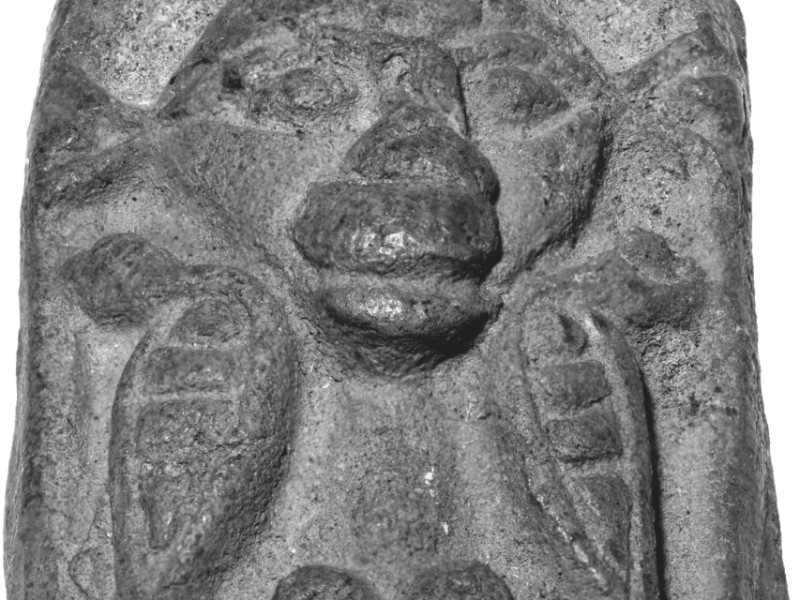Priapus
The fertility god worshipped by the Greeks, Phrygians and the Romans. Priapus or Priapos was the son of Dionysus and Aphrodite. Priapus was the god of fertility and sex of humans and animals. Priapus was normally portrayed in art as an ugly and deformed satyr-like creature with an abnormally huge phallus. Of course the phallus was a symbol of sexual potency and fertility.
According to the historian Diodorus Siculus, he wrote that the Titans killed the Egyptian god Osiris, the husband of Isis. His body was carved up into many parts. Isis killed the Titans and went to recover the pieces of her husband's body. Isis rebuilt her husband's body by joining the pieces together. The only part that was missing was Osiris' phallus. Isis constructed an erect phallus in place of the missing organ.
Diodorus also said that Priapus was identified with another Egyptian god of fertility, Min. Priapus was sometimes called Ithyphallus or Tychon.
Ovid recorded that after the feast at Olympus, Priapus was at the point of mounting the sleeping virgin goddess, Hestia (known as Vesta here), when she was woken in a timely manner by an ass braying. Her screams frightened off Priapus.
By Jimmy Joe




